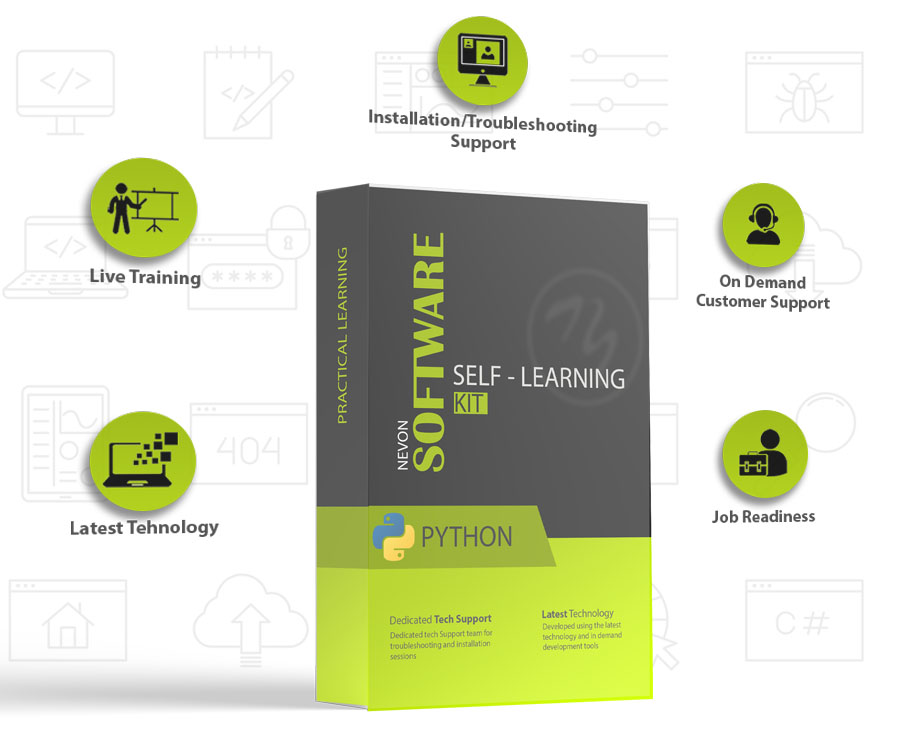Download Project Document/Synopsis
A library is a place where a huge collection of books and resources are available which can be accessible by the users. In traditional libraries, the students have to search for books which is a hassle process and there is no proper maintenance of the database about issues and fines. The overall progress of work is slow and it is impossible to generate a fast report. The librarians have to work allotted for arranging, and sorting books in the book sales. At the same time, they have to check and monitor the lent and borrowed book details with fine.
To tackle this problem, we have designed a Library Management System using Python. Library management means efficient and effective management of material (information sources), machinery, men (human resources), technology and money to meet the objectives of the library. Our system can help librarians to work easily. This computerization of the library helps in many instances of its maintenance. It reduces the workload of management as most of the manual work done is reduced.
The admin can log in using their credentials. The admin can add, update, view and delete any book and can also update the inventory. They can also view orders by filtering the date, whether the books are returned or not, and expired orders.
The user would need to register first to log in. They can manage their profile and change their password. They can search for any book by entering the book or author’s name. If they find the book they want, they can issue it here. They can view the list of orders. They can also return books. If any particular book is not returned within the given period, the fine will be shown.
System front end involves Html, CSS and JavaScript and the back end involves Python. The database: used is MySQL Database and Django is used for the framework.
Advantages
- The system is easy to maintain.
- It is user-friendly.
- The system excludes the use of paperwork by managing all the records electronically.
- Administrator doesn’t have to keep a manual track of the users.
- It saves human efforts and resources.



